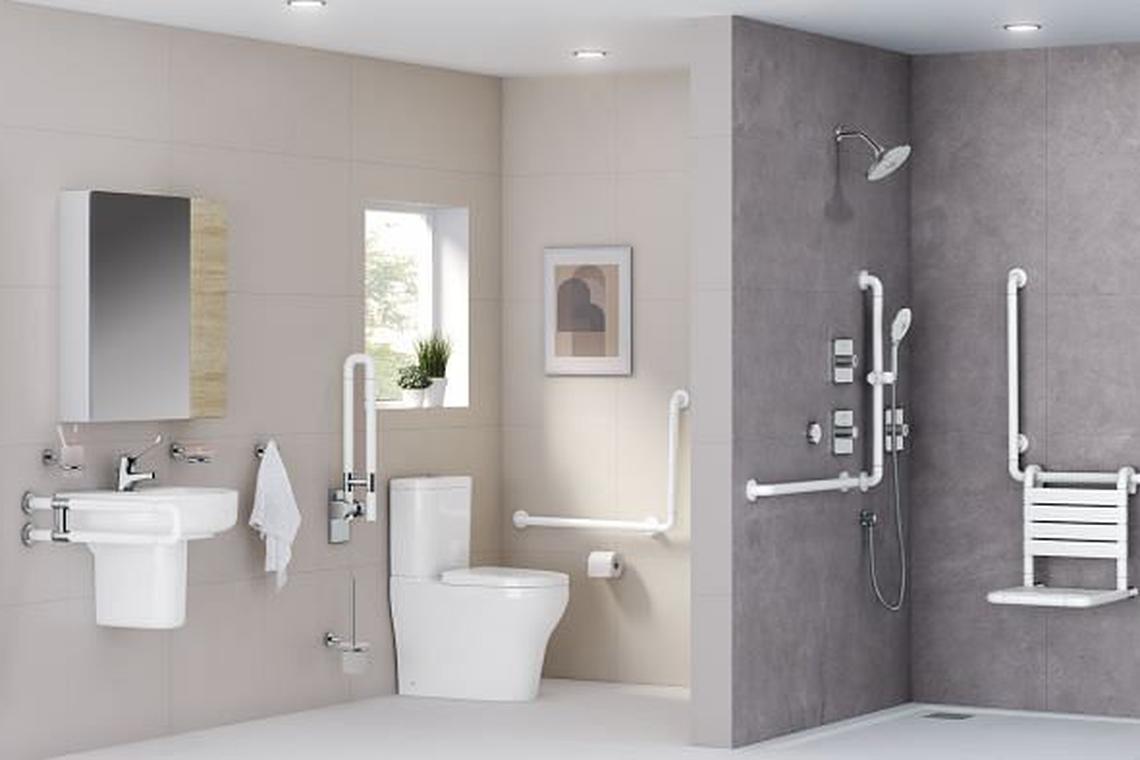The importance of shower grab bars installation cannot be overstated, especially for seniors and individuals with limited mobility. As we age, maintaining balance and security in the bathroom becomes increasingly critical. Installing grab bars correctly can significantly reduce the risk of falls and provide much-needed support.
In this article, we will explore various aspects of shower grab bars installation. We aim to provide thorough insights into the process, benefits, and considerations to ensure a safe and secure bathroom environment for everyone.

Understanding the Need for Shower Grab Bars
The bathroom is one of the most hazardous places in a home, especially for seniors. Slippery surfaces, wet floors, and limited space can contribute to accidents. According to the Centers for Disease Control and Prevention, falls are the leading cause of injury among older adults. Therefore, installing grab bars is not just a luxury but a necessity.
Benefits of Grab Bars
Grab bars provide stability and support, helping individuals maintain balance while standing or moving. They are particularly beneficial during transitions, such as getting in and out of the shower or bathtub. Furthermore, grab bars can enhance confidence and independence for seniors, allowing them to navigate the bathroom with ease.
Types of Shower Grab Bars
When considering shower grab bars installation, it’s important to understand the different types available. Each type serves a specific purpose and offers unique benefits.
Wall-Mounted Grab Bars
Wall-mounted grab bars are fixed permanently to the bathroom wall, providing robust support. These bars come in various lengths and can be installed horizontally, vertically, or diagonally, depending on the user’s needs.
Clamp-On Grab Bars
Clamp-on grab bars are designed for bathtubs. They attach securely to the side of the tub and are particularly useful for individuals who need support when entering or exiting the bathtub.
Suction Cup Grab Bars
These bars offer a temporary solution and are easy to install without tools. However, they are not as reliable as wall-mounted or clamp-on grab bars, and should not be used as a permanent safety measure.
Choosing the Right Grab Bars
Selecting the appropriate grab bars involves considering several factors, including the user’s needs, bathroom layout, and installation surface. Here are some tips to help you make the right choice:
Material and Finish
Grab bars are made from various materials, including stainless steel, plastic, and aluminum. Stainless steel is the most durable and resistant to corrosion, making it ideal for bathrooms.
Weight Capacity
Ensure the grab bars you choose can support the user’s weight. Most bars can hold up to 250 pounds, but heavy-duty options are available for those who need additional support.
Length and Diameter
Grab bars come in different lengths, typically ranging from 12 to 48 inches. The diameter should be comfortable for the user to grip, usually between 1.25 and 1.5 inches.
Installation Process
Proper installation is crucial to ensure the effectiveness and safety of grab bars. Here is a step-by-step guide:
Tools and Materials Needed
Before you begin, gather the necessary tools and materials. You will need a drill, drill bits, level, screwdriver, measuring tape, and wall anchors.
Determine Placement
Consider the user’s needs and bathroom layout to determine the optimal placement for grab bars. Common locations include near the shower entrance, beside the toilet, and inside the shower.
Install Wall Anchors
If you are installing the bars on drywall or tile, use wall anchors to ensure stability. Drill pilot holes, insert the anchors, and attach the grab bars using screws.
Test for Stability
Once installed, test the grab bars to ensure they are secure. Apply pressure to check for any movement or instability.
Maintaining Your Grab Bars
Regular maintenance is essential to ensure the longevity and safety of your grab bars. Clean them regularly to prevent soap scum and grime buildup. Periodically check for any signs of wear or looseness, and tighten the screws if necessary.
Common Mistakes to Avoid
When installing grab bars, avoid these common mistakes:
Improper Placement
Placing grab bars too high or too low can make them ineffective. Ensure they are within easy reach and positioned at the right height for the user.
Using Inadequate Anchors
Using the wrong type of anchors can compromise the stability of the grab bars. Always use anchors suitable for the installation surface.

FAQ
Are suction cup grab bars safe?
Suction cup grab bars are best used as a temporary solution. They should not be relied upon as a permanent safety measure due to their potential to lose suction.
Can I install grab bars myself?
While DIY installation is possible, professional installation is recommended to ensure safety and compliance with standards.
Where should grab bars be placed in the bathroom?
Common placements include near the toilet, inside the shower, and at the shower entrance. Consider the user’s specific needs when determining placement.
For further reading on bathroom safety tips, visit Intrepid USA and explore comprehensive guidelines to ensure a secure environment.
For more information on related topics, check out our article on Twisted Bowel in the Elderly.
This article contains affiliate links. We may earn a commission at no extra cost to you.

